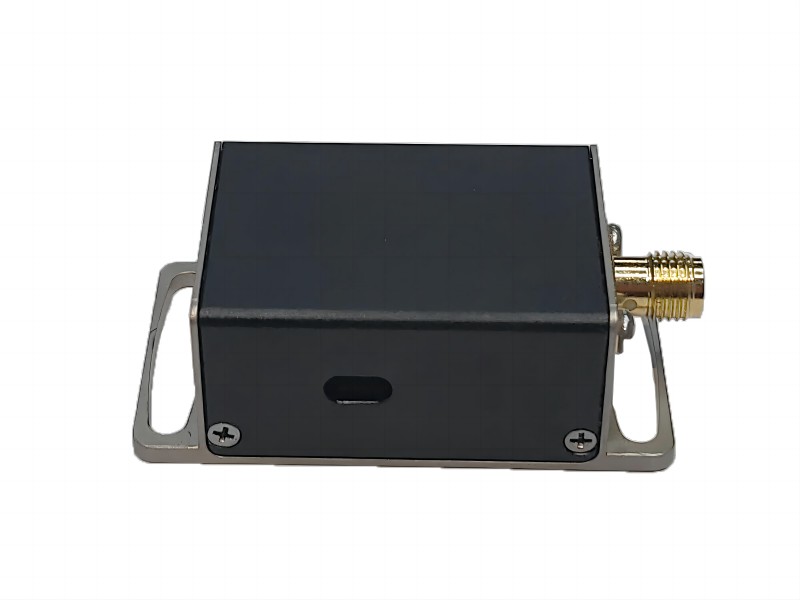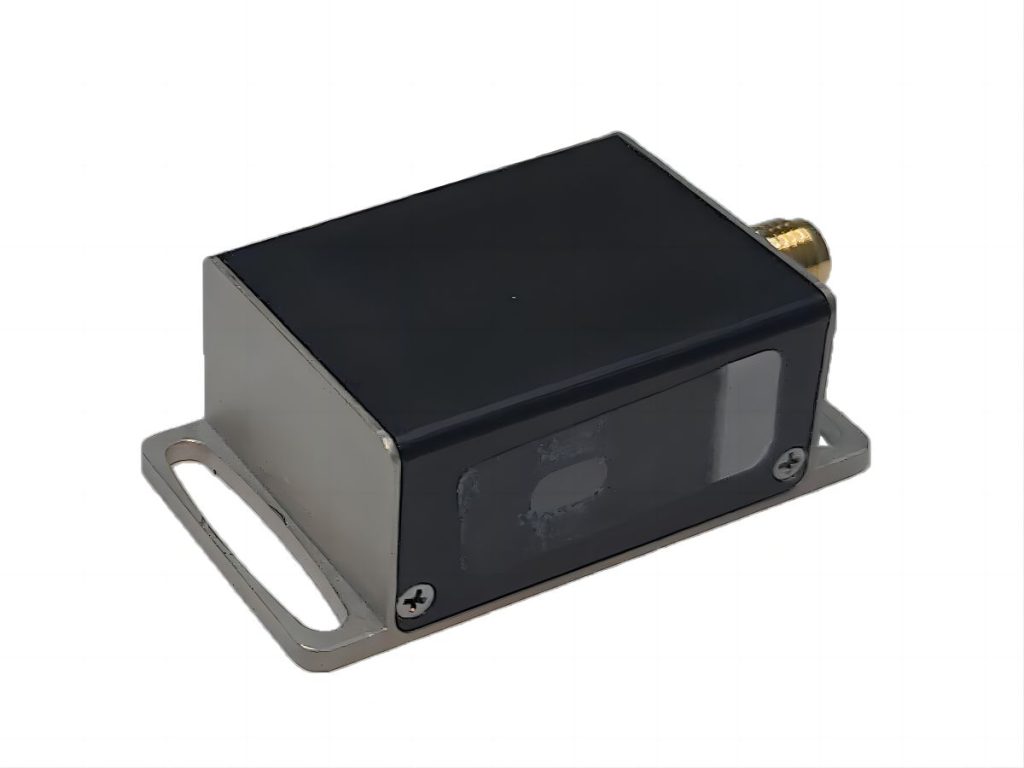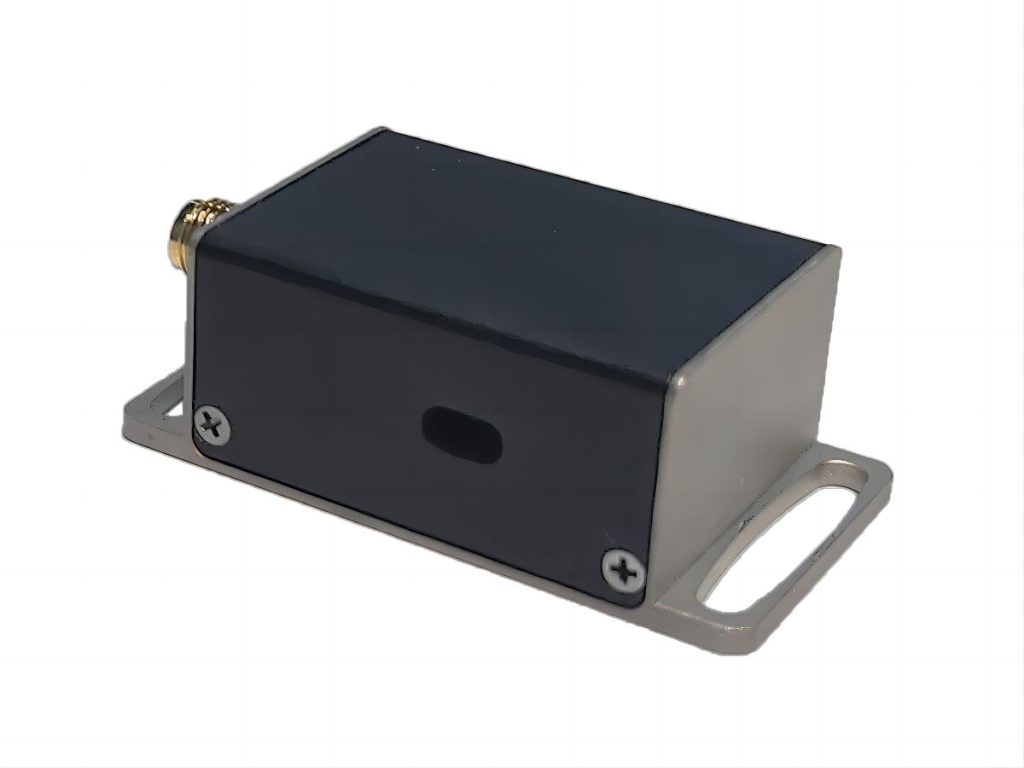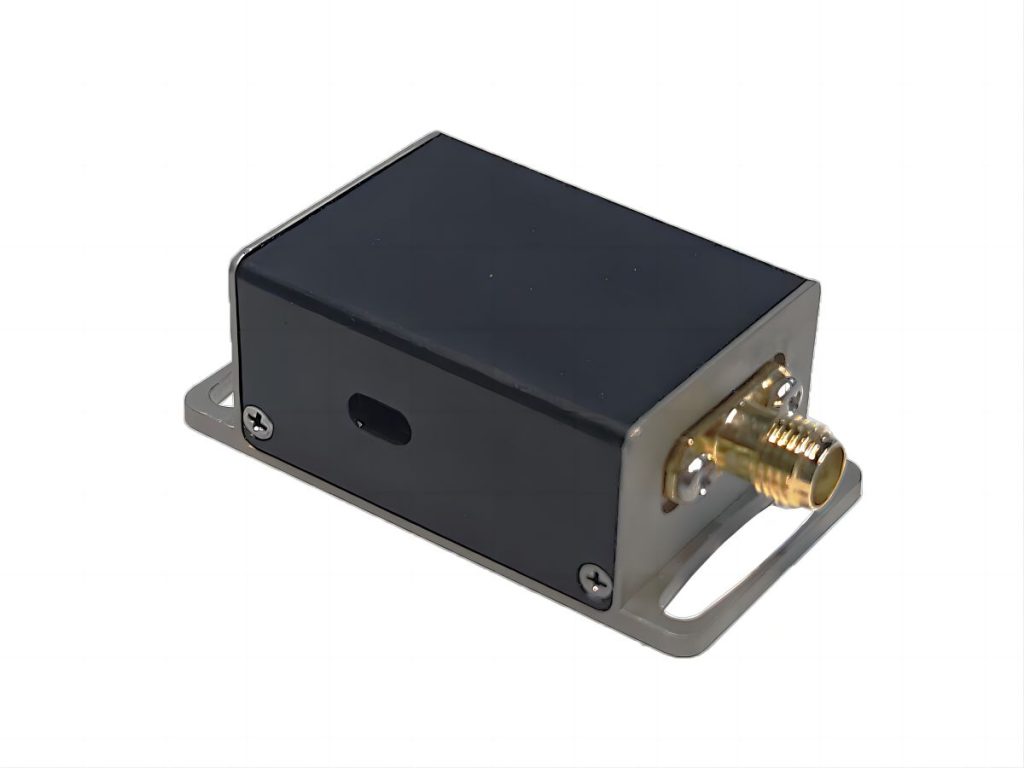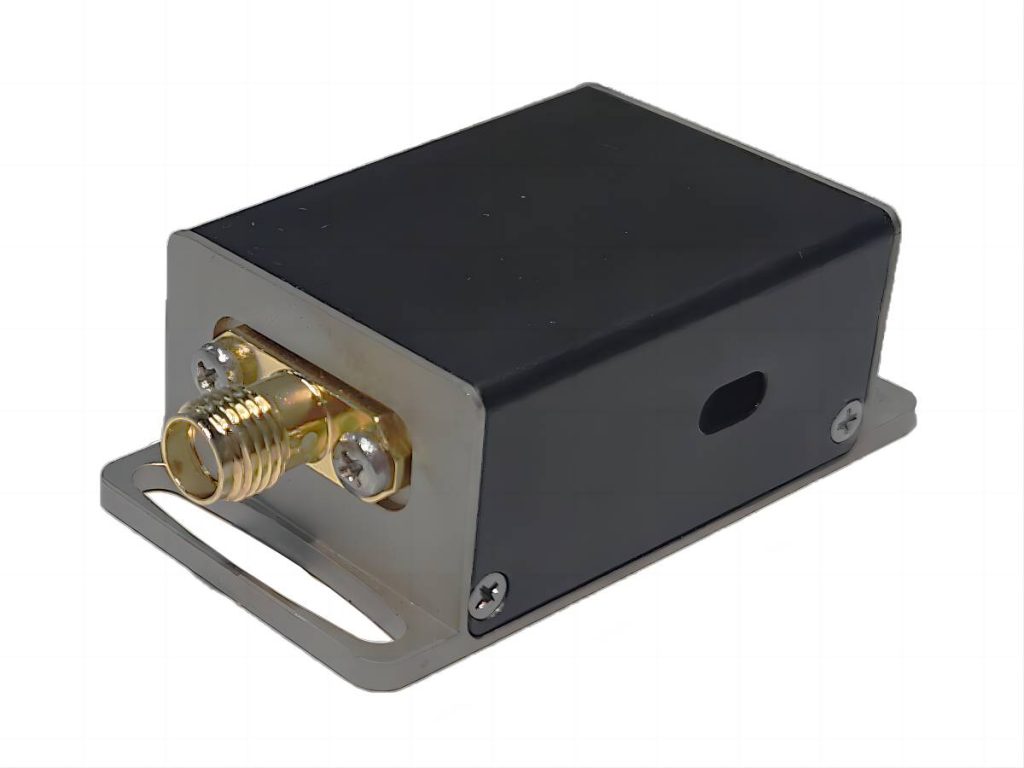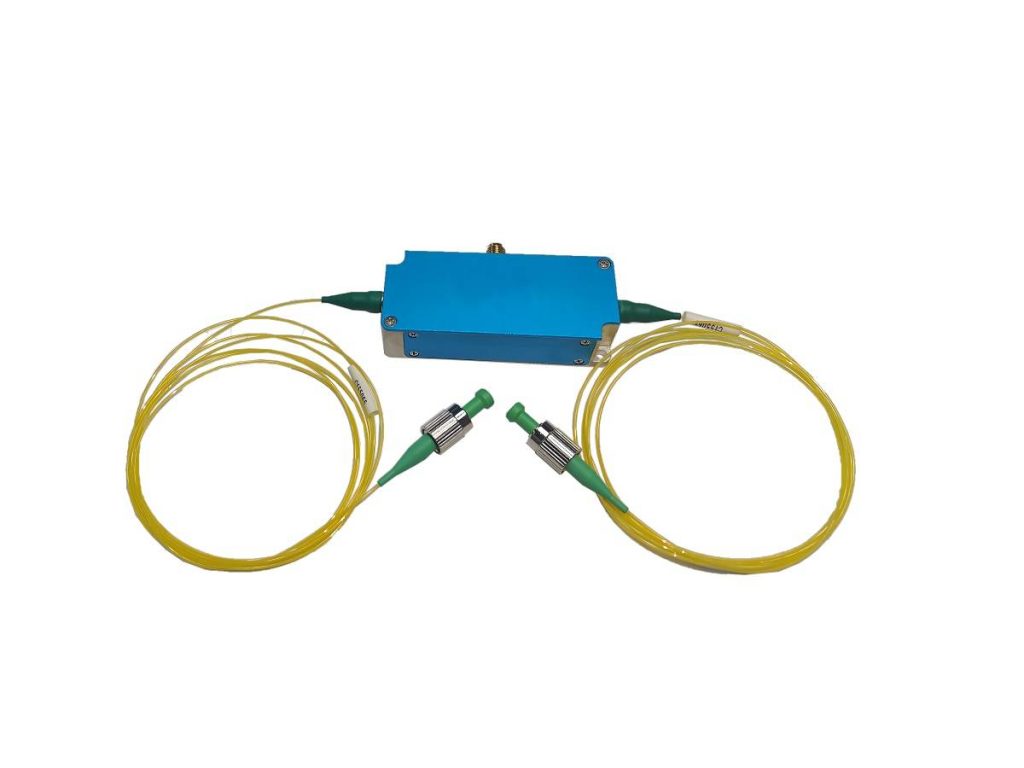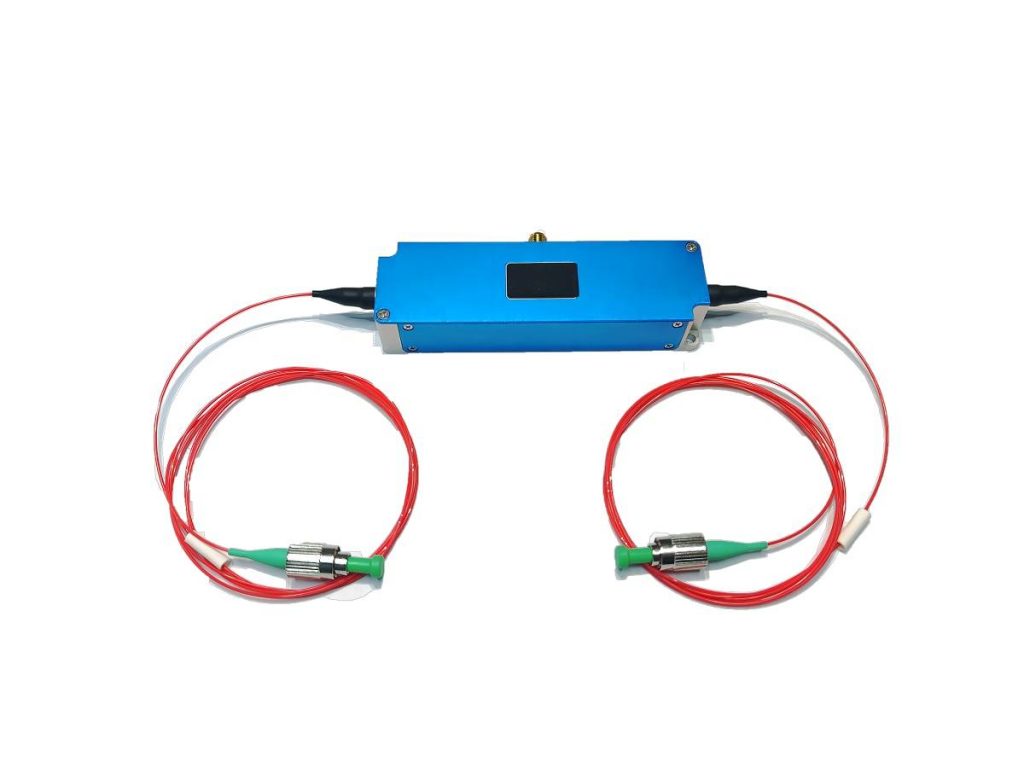Free Space AOFS: Methods for Enhancing its Efficiency and Stability
Free space acousto-optic frequency shifter (AOFS) represents a key technology that spans multiple fields of application. These devices manipulate the frequency of a beam of light by utilizing the interaction between sound waves and light waves. This article delves into the basic principles behind AOFS operations, explores their various applications, and analyzes methods for optimizing their efficiency and stability.
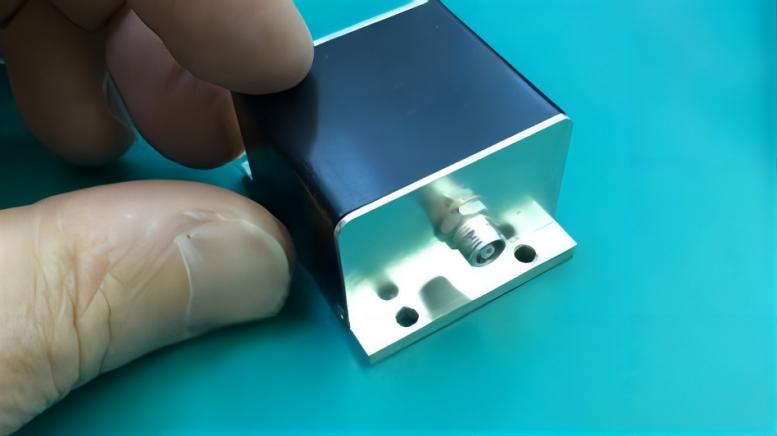
Working Principle of Free Space Acousto-Optic Frequency Shifters
The core principle of controlling AOFS functionality lies in the Doppler effect. When sound waves and light waves interact, the frequency of light changes. This offset is directly proportional to the frequency of sound waves. The acousto-optic modulator (AOM) and acousto-optic deflector (AOD) are key components used in AOFS.
Acousto-optic modulators typically use crystals made from materials with strong acousto-optic interactions. When sound waves pass through the crystal, they cause periodic changes in the refractive index of the material. Due to changes in refractive index, light passing through the crystal undergoes frequency shift. By precisely controlling the frequency of sound waves, frequency shift can be modulated, resulting in a corresponding shift in the frequency of light.
The operating principle of AOD is similar, but there is a key difference. In AOD, sound waves diffract the beam of light, causing a change in its propagation direction. The diffraction amount is directly proportional to the intensity of sound waves. By changing the frequency of sound waves, AOD can deflect the beam of light to different angles. Importantly, due to the Doppler effect, the diffracted beam will also experience frequency shift.
Applications of Free Space Acousto-Optic Frequency Shifters
Space AOFS has applications in various fields, each utilizing its unique ability to manipulate optical frequencies.
- Optical communication: In high-speed optical communication systems, AOFS plays a crucial role in modulating optical signals. By precisely controlling the sound wave driving the acousto-optic modulator, the frequency of the optical carrier can be modulated, thereby achieving the transmission of data encoding information.
- Laser ranging: Laser ranging technology uses AOFS to accurately adjust the laser frequency. This adjustment can achieve high-precision distance measurement. By measuring the time required for light pulses to propagate to the target and return, and understanding the precise frequency shift caused by AOFS, the distance to the target can be accurately calculated.
- Optical frequency standards: Establishing and maintaining accurate optical frequency standards is crucial for various scientific work. AOFS can achieve high-precision frequency transmission and measurement. By comparing the frequency of the reference laser with the frequency of the AOFS modulated laser, small frequency differences can be accurately determined.
- Optical clock synchronization: Maintaining consistent time and frequency standards in geographically dispersed locations is crucial for applications such as global positioning systems (GPS) and astronomical observations. AOFS technology plays a role in synchronizing optical clocks by achieving precise frequency transmission between geographically separated locations.
- Material processing: In laser based material processing applications such as marking and cutting, AOFS can be used to control the processing effect of lasers. By using AOFS to adjust the frequency of light, the interaction between laser and material can be precisely customized to obtain the desired processing results.
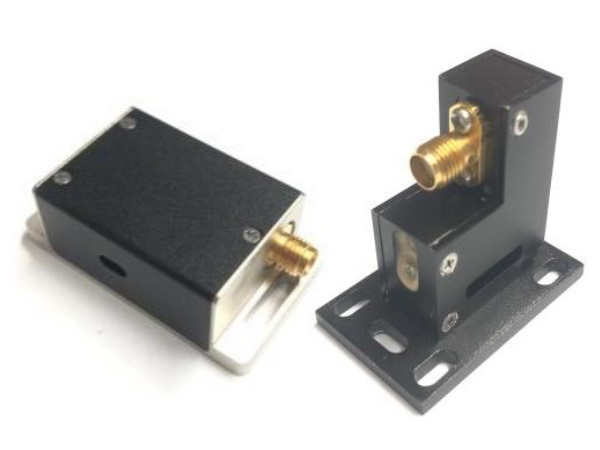
Methods for Enhancing Efficiency and Stability of Free Space Acousto Optic Frequency Shifters
Optimizing the efficiency and stability of AOFS is crucial for maximizing its performance and effectiveness in various applications. Here, we have discussed several key strategies to achieve this goal.
1. Acousto-Optic Crystal Design Optimization
- Material selection: It is crucial to choose high-quality acousto-optic materials with high photoacoustic interaction efficiency. Different materials exhibit varying degrees of acousto-optic interactions, and selecting the optimal material for specific applications is crucial.
- Optimization of crystal size and shape: The size and shape of acousto-optic crystals significantly affect light propagation and interaction with sound waves. Optimizing these parameters helps to minimize light loss within the crystal and maximize diffraction efficiency.
- Crystal structure design: The internal structure of a crystal can be designed to optimize the interaction between sound waves and light waves. This may involve techniques such as manufacturing periodic structures within crystals to enhance photoacoustic coupling.
2. Driver Circuit Design Improvement
- Low noise power supply: The use of a low noise power supply in the driving circuit can minimize electrical noise, which reduces the stability of sound waves and thus affects the frequency shift of the beam.
- Bandwidth and gain optimization: Optimize the bandwidth and gain characteristics of the driving circuit to ensure efficient modulation of sound waves. This can precisely control the frequency shift of the beam and minimize unnecessary signal distortion.
- Advanced electronic components and technology: The use of advanced electronic components and design techniques in driving circuits can further improve their performance. This may involve using high-speed amplifiers with low distortion characteristics and combining feedback loops to actively regulate the generation of sound waves.
3. Optical System Design Optimization
- Appropriate optical system design: Designing optical systems suitable for specific AOFS applications is crucial. The factors to consider include the required beam alignment, numerical aperture (NA), and overall system throughput.
- High precision optical components: The use of high-precision optical components within the system can minimize aberrations and ensure efficient optical coupling in and out of acousto-optic crystals. This means improving optical transmission and minimizing unnecessary signal loss.
- Beam focusing and alignment optimization: Accurate focusing and alignment of the beam on an acousto-optic crystal is crucial for optimal photoacoustic interaction. Technologies such as collimating lenses and micrometer platforms can be used to achieve precise beam manipulation.
4. Precise Control and Calibration
- Accurate control circuit: Implement precise control circuits for driving electronic devices to ensure precise and stable modulation of sound waves. This allows for fine-tuning control of optical frequency shift.
- Regular crystal performance calibration: Regular calibration of the performance of acousto-optic crystals is crucial for maintaining optimal efficiency and stability. This may involve measuring the acousto-optic quality factor of the crystal and adjusting operating parameters as necessary.
- Advanced calibration techniques: By utilizing advanced calibration techniques such as interferometry or optical frequency combs, the accuracy and precision of frequency shift measurement in AOFS can be further improved.
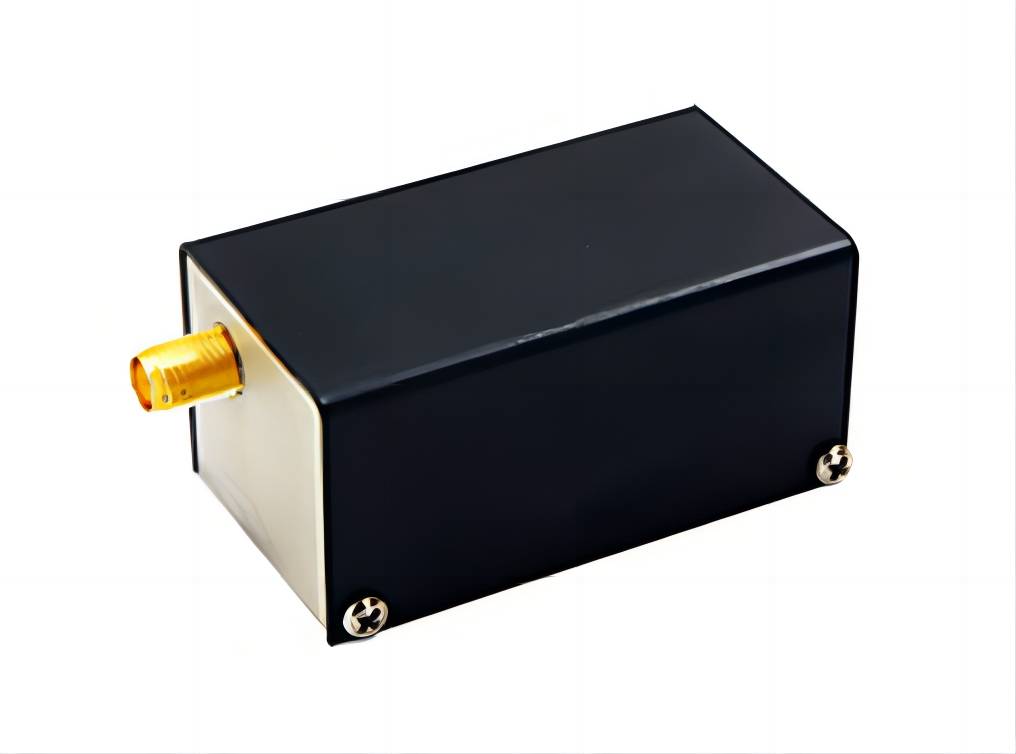
5. Environmental Control
- Working temperature control: Maintaining a stable working temperature for acousto-optic crystals is crucial. Temperature fluctuations can cause changes in the refractive index of crystals, leading to unstable frequency shifts. Temperature control systems (such as Peltier coolers) can be used to maintain a constant operating environment.
- Vibration isolation technology: Minimizing external vibrations that affect AOFS settings is crucial. Vibration can introduce noise into sound waves, thereby affecting the frequency shift of light. Isolation platforms or active vibration reduction systems can be used to alleviate this problem.
- Dust free and corrosion-free environment: Running AOFS in a clean and controlled environment can minimize dust pollution and corrosion of optical components. Dust particles scatter light, reducing transmission efficiency, while corrosion reduces the performance of crystals and other optical components.
6. Multi-Stage Feedback Control
- Multi-stage feedback control system: Implementing a multi-level feedback control system can monitor and adjust AOFS performance in real-time. This may involve monitoring parameters such as sound wave frequency, light intensity, and output frequency to ensure they remain within the required specification range.
- Advanced sensors and controllers: Utilizing advanced sensors and controllers in feedback loops can achieve more complex and responsive control systems. These sensors can capture real-time data of various AOFS parameters, while high-performance controllers can quickly adjust operating conditions to maintain optimal performance.
- Adaptive and self optimization: By incorporating adaptive and self optimization algorithms into feedback control systems, AOFS can dynamically adjust its operating parameters based on environmental changes or aging effects. This helps to maintain consistent performance over a longer period of time.
7. Research on New Materials and Technologies
- Exploration of new acousto-optic materials: The ongoing research and development work focuses on exploring new acousto-optic materials with higher efficiency in photoacoustic interactions and improved stability characteristics. These advancements can enable AOFS to have excellent performance.
- Research on new acousto-optic modulation technology: Research on new acousto-optic modulation technologies (such as utilizing photonic crystal based acousto-optic modulators) has the potential to further improve efficiency and functionality.
- Stay updated on the progress of optoelectronics: closely monitoring the progress in the field of optoelectronics can integrate cutting-edge technologies into AOFS design. This may involve combining novel light sources, detectors, and control systems to enhance overall performance.
8. Enhancing Operator Expertise
- Training and guidance: Provide comprehensive training and guidance for AOFS operators to ensure correct system operation and maintenance. This training should cover theoretical principles, operating procedures, and troubleshooting techniques.
- Participate in academic exchanges and technical discussions: Encourage AOFS operators to participate in academic exchanges and technical discussions with researchers and other practitioners, promote knowledge sharing, and facilitate continuous learning of the latest developments in the field.
- Comprehensive technical support system: Establish a strong technical support system for AOFS users, enabling them to timely receive expert advice and solutions, and solve any technical challenges they may encounter.
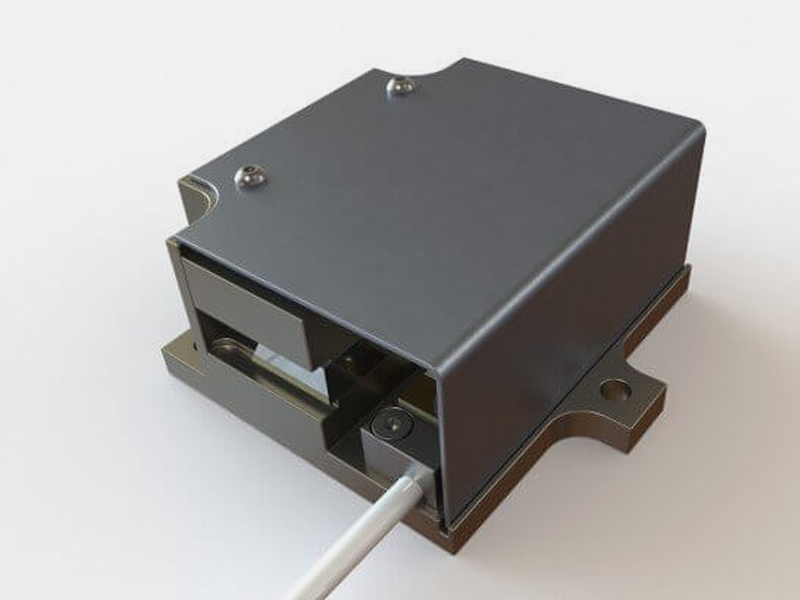
Conclusion
Free-space acousto-optic frequency shifters represent a versatile and powerful technology with a wide range of applications. Their ability to manipulate light frequency with high precision makes them valuable tools in optical communication, laser ranging, optical frequency standards, optical clock synchronization, and materials processing. Optimizing AOFS performance through careful design considerations, meticulous control systems, and ongoing research efforts are crucial for maximizing their effectiveness. By implementing the strategies outlined in this article, researchers and engineers can ensure the development of highly efficient and stable AOFS, paving the way for further advancements in various light-based technologies.

